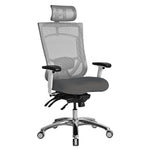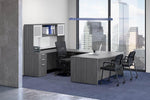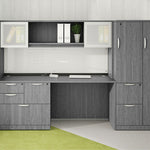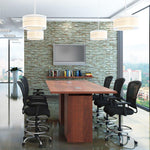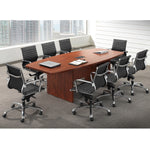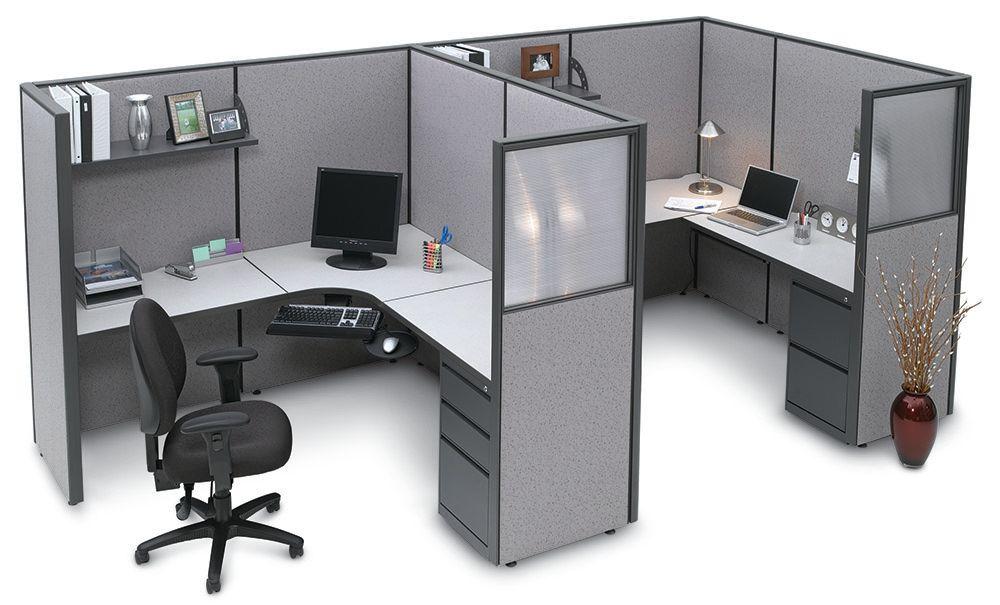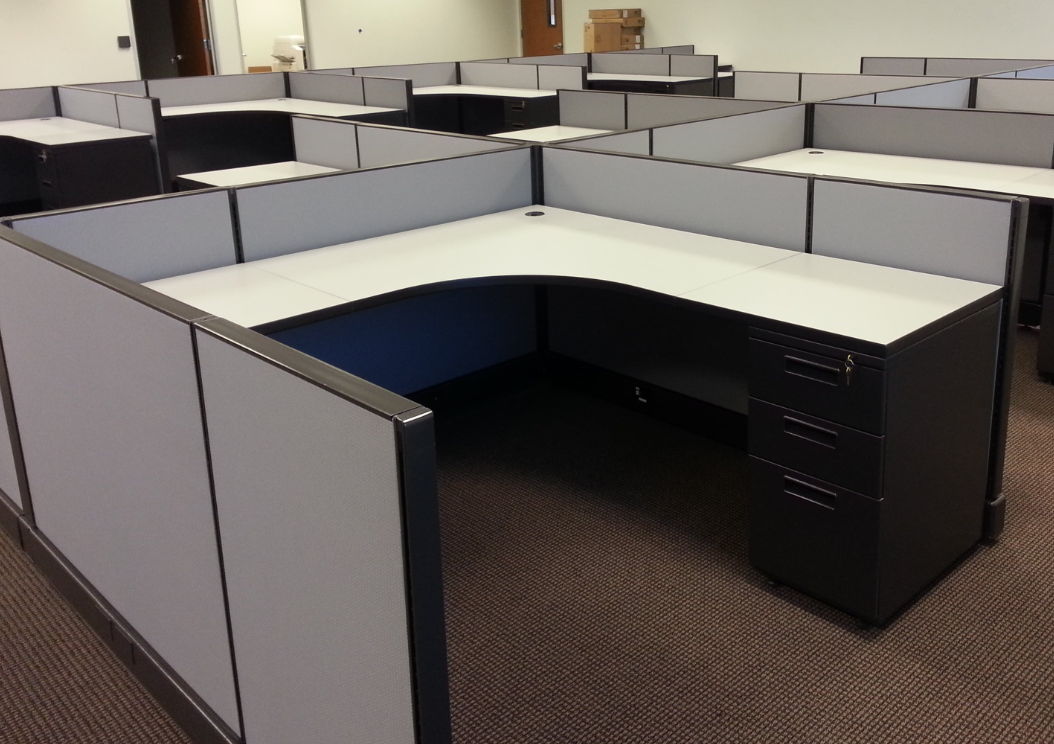In today’s workplace, companies and employees often debate the best office setup for productivity and job satisfaction. Two popular options are traditional cubicles and modern co-working stations. Each has its advantages and drawbacks, depending on work style, industry, and personal preferences. Let’s explore the pros and cons of both to help you decide which environment suits you best.
Cubicles: The Traditional Office Setup
Cubicles have been a staple of corporate office spaces for decades. They provide individual workspaces separated by partitions, offering employees a personal area to focus and complete tasks.
✅ Pros of Working in Cubicles:
-
Privacy & Focus: The enclosed nature of cubicles helps minimize distractions, making them ideal for deep work.
-
Personalization: Employees can customize their workspace with personal items, creating a sense of ownership.
-
Reduced Noise Levels: Compared to open offices, cubicles offer better sound insulation, leading to fewer interruptions.
-
Defined Work Boundaries: Having a designated space can help establish a work-life balance by mentally separating work from personal time.
❌ Cons of Working in Cubicles:
-
Limited Collaboration: The physical barriers between employees may reduce spontaneous discussions and teamwork.
-
Can Feel Isolating: Some employees may feel disconnected from colleagues, impacting social interactions and company culture.
-
Space Constraints: Cubicles can sometimes feel cramped, restricting movement and comfort.
Co-Working Stations: A Collaborative Alternative
Co-working stations, often seen in modern open office layouts and shared workspaces, encourage teamwork and interaction by eliminating physical barriers between employees.
✅ Pros of Co-Working Stations:
-
Enhanced Collaboration: The open design fosters communication, brainstorming, and idea-sharing.
-
Flexible Work Environment: Many co-working spaces offer hot-desking options, allowing employees to choose where they work each day.
-
Increased Networking Opportunities: Especially in shared workspaces, employees can connect with professionals from different industries and backgrounds.
-
Modern & Dynamic Atmosphere: Co-working stations often promote an energetic and innovative work culture.
❌ Cons of Co-Working Stations:
-
More Distractions: The open nature can lead to noise and interruptions, affecting concentration.
-
Lack of Privacy: Sensitive conversations or deep focus tasks may be challenging without private meeting rooms.
-
Not Ideal for All Work Styles: Employees who prefer quiet and structure may struggle in an open setup.
Which One is Right for You?
The best work environment depends on your job role, personality, and productivity style. If you need privacy and structure, a cubicle might be the better choice. If you thrive in a collaborative and dynamic setting, a co-working station could be ideal. Many companies now offer a hybrid approach, combining private work areas with shared spaces for meetings and teamwork.
Regardless of the setup, the key is to create a workspace that balances focus, collaboration, and comfort to enhance productivity and job satisfaction.
To view US Discount Office's lines of both cubicles and co-working spaces, follow the links! Or give us a call today at 877-226-2244 to be connected with one of our industry-leading customer service representatives.





